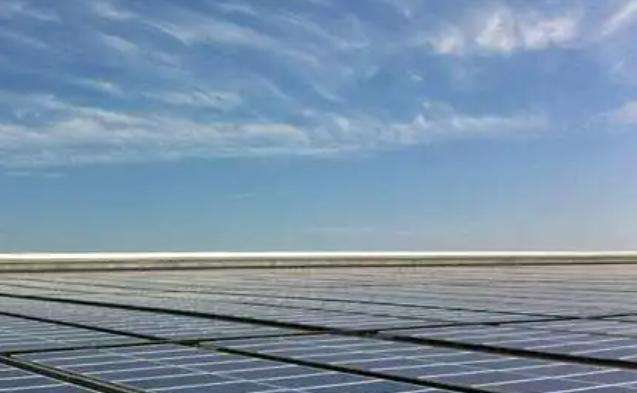Feng Wuhuang Bai Jishan Kitty [Scholar] Thermal power generation
1 Uses thermal energy generated when solid, liquid and gaseous fuels such as coal, oil and natural gas are burned to produce electricity via electricity generation devices (including power plants) A method of electricity production that converts boilers, steam turbines, generators, and their auxiliary devices into electrical energy.
2 Among all methods of generating electricity, thermal power generation has the longest history and is also the most important.
3 The emergence of the electrical system and the demand for electrical energy resulting from social electrification must be achieved through the production of thermal energy (an important issue in the production of thermal energy is to improve thermal efficiency, by increasing the boiler parameters (pressure andsteam temperature). In the 1990s, the world's best thermal power plants could convert about 40% of thermal energy into electrical energy; the thermal energy utilization rate of large thermal power plants could only reach 60 to 70%. /p>
4 Gaps: thermal energy. Electricity production uses a large amount of coal and fuel oil, which leads to environmental pollution.
1. Wind energy is non-polluting and easy to use
2. Benefits of Wind Power Generation Wind power plants save money compared to other power plants. The downside is that offshore energy is. too small and distant seas cannot be built. Power plant
3. Disadvantages: However, if the wind is too strong, such as a typhoon or tornado, it will cause damage to national property; Energy is that productionSolar energy will be affected when the weather is bad, but wind energy will be. The stronger the wind, the better the electricity production (but not too much)
There are time and season restrictions. They all have limits and deadlines, seasonality!














